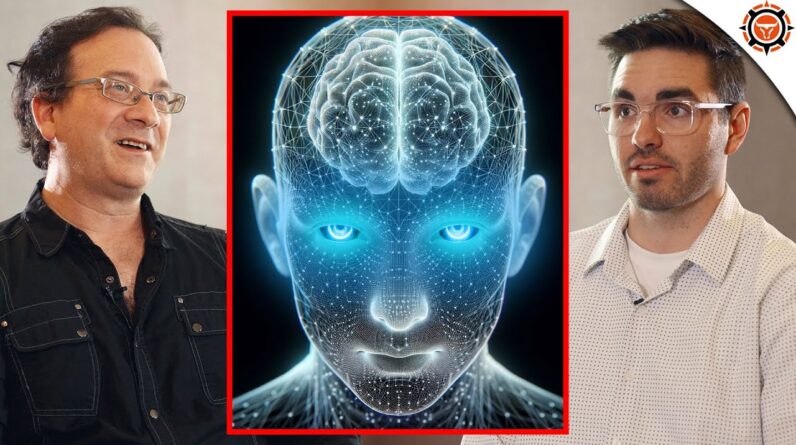
All of our videos are strictly personal opinions. Please make sure to do your own research. Never take one person’s opinion for financial guidance. There are multiple strategies and not all strategies fit all people. Our videos ARE NOT financial advice. Digital Assets are highly volatile and carry a considerable amount of risk. Only use exchanges for trading digital assets. Never keep your entire portfolio on an exchange.
Unraveling the Mysteries of Brain Emulation: A Paradigm Shift in Neuroscience
Brain emulation, a concept captivating both scientific inquiry and speculative wonder, is at the nexus of human imagination and technological advancement. In this article, we delve into the intricacies of brain emulation, its potential implications on society, and the transformative breakthroughs propelling its development.
1. Defining Brain Emulation: Brain emulation is the audacious idea of replicating the neural circuitry of a brain, whether human or animal, to create a digital replica. At its core lies the quest to transcend the biological limitations of mortality, paving the way for entities to persist beyond the confines of their organic vessels.
2. Overcoming Technical Hurdles: The journey towards brain emulation is fraught with challenges, particularly in translating static structural data into functional models. High-throughput electron microscopy and emerging AI technologies offer promising avenues for bridging this gap, ushering in an era where neural circuitry can be deciphered with unprecedented clarity and efficiency.
3. Implications for Medicine and Longevity: While the notion of mind uploading may seem relegated to science fiction, its potential implications for healthcare are profound. From aiding patients with brain damage to envisioning a future where consciousness transcends corporeal limitations, brain emulation holds promise for revolutionizing medicine and extending human lifespan.
4. Socio-Ethical Considerations: As humanity stands at the precipice of a technological revolution, profound questions emerge regarding the societal impact of brain emulation. From issues of accessibility and equity to philosophical debates surrounding identity and the sanctity of life, navigating the ethical landscape of this paradigm shift is paramount.
5. Democratizing Access and Governance: Central to the trajectory of brain emulation is the question of who wields control over this transformative technology. Calls for democratization and decentralization echo through the corridors of research, advocating for an inclusive approach that empowers diverse voices and ensures equitable access to emerging advancements.
6. Toward a Neurotechnological Renaissance: As neuroscience undergoes a paradigm shift towards reverse engineering the brain, the stage is set for a neurotechnological renaissance. With interdisciplinary collaboration, technological innovation, and a commitment to ethical stewardship, we stand poised to unlock the mysteries of consciousness and redefine the boundaries of human potential.
Conclusion: The journey towards brain emulation is fraught with challenges, yet brimming with potential. As we navigate this uncharted territory, let us tread carefully, guided by a vision of progress that is both transformative and humane. In unraveling the mysteries of the mind, we embark on a quest not only to understand ourselves but to transcend the limitations of mortality and forge a future where consciousness knows no bounds.


![THESE BITCOIN WHALES JUST FOOLED EVERYONE! [Exact strategy....]](https://www.cryptocurrents.net/wp-content/uploads/2024/08/these-bitcoin-whales-just-fooled-everyone-exact-strategy-WhgubJxMmeA-796x445.jpg)

![WARNING: EVERY BITCOIN BEAR WILL BE LEFT CRYING [Huge chart.....]](https://www.cryptocurrents.net/wp-content/uploads/2024/08/warning-every-bitcoin-bear-will-be-left-crying-huge-chart-jgadWvvgEJw-796x445.jpg)

